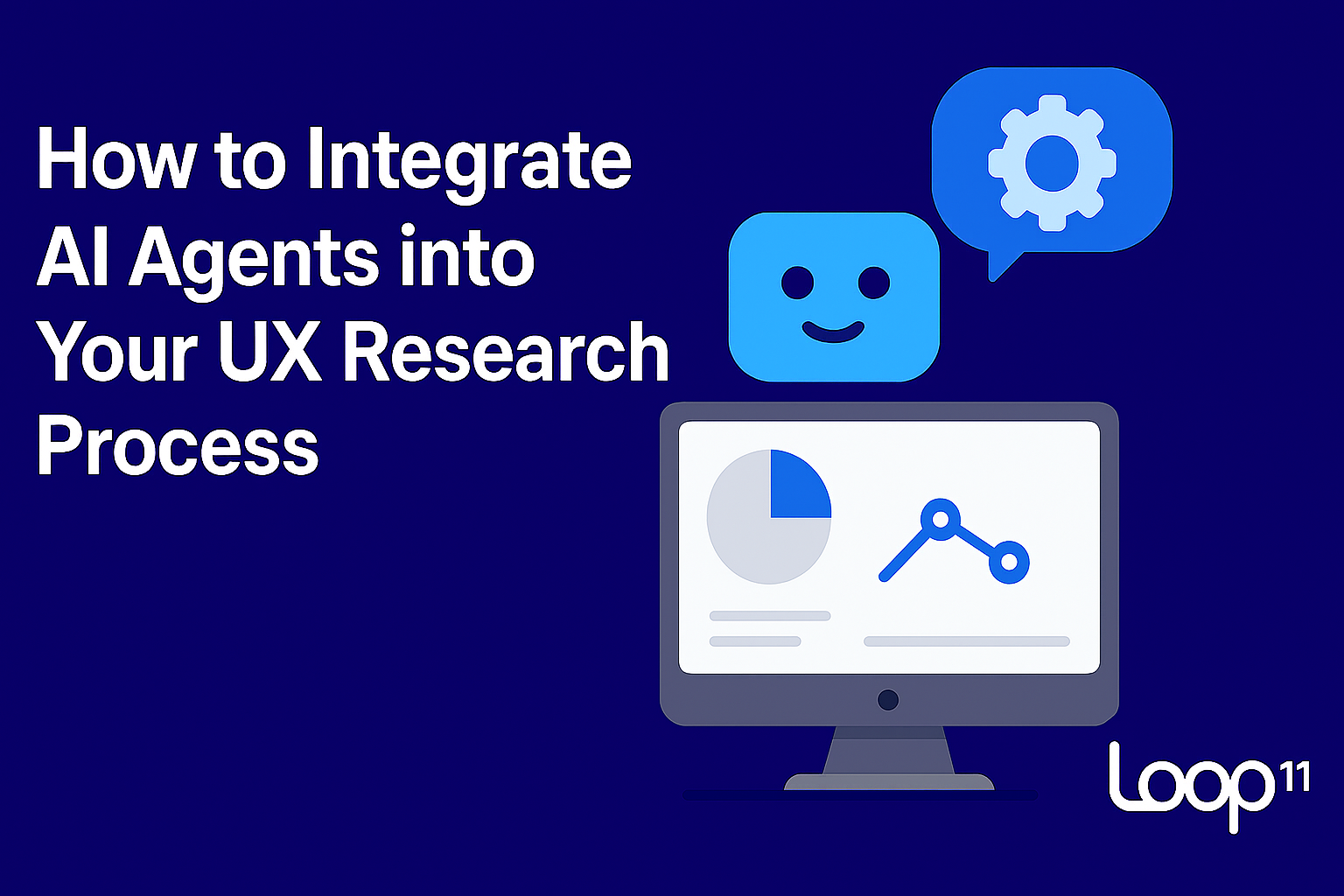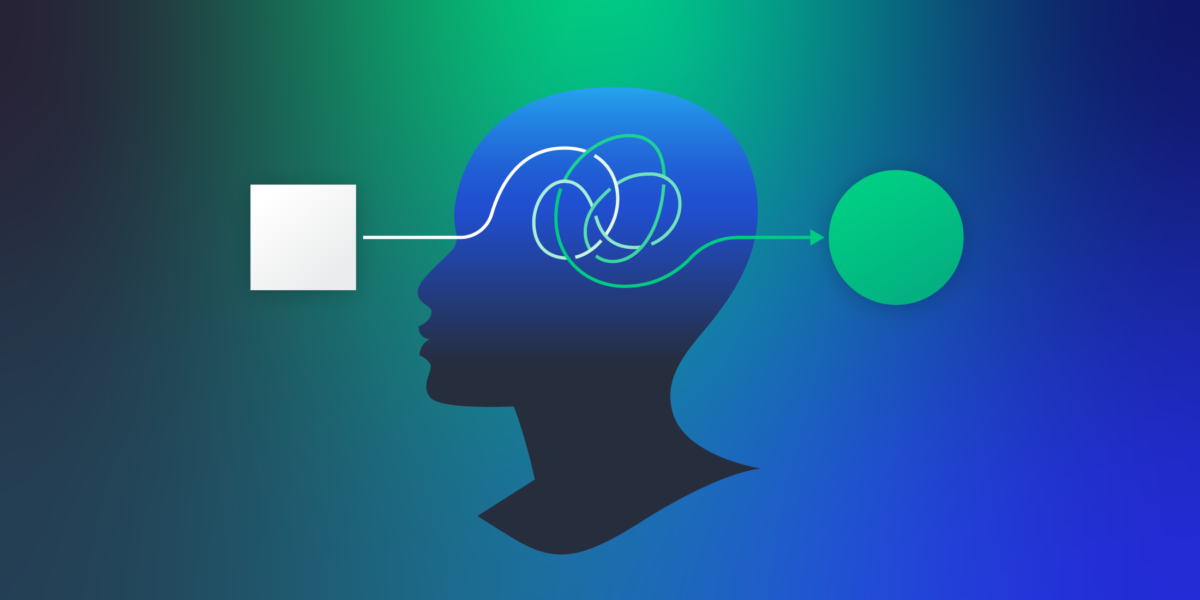AI has become a valuable collaborator, and UX research is no exception. From fastening the design process to testing and continuous improvement of digital experiences, AI agents help in several ways.
As these technologies advance, they provide new and better opportunities for product teams and UX specialists to expedite their research processes without sacrificing human insights or quality.
This article will help you explore various ways in which AI agents can act as effective co-pilots for UX research, helping throughout the entire process, from recruiting and planning to analysis and reporting. AI offers an intelligence layer that improves productivity and highlights trends that could otherwise go overlooked rather than taking the place of researchers.
Why Should You Consider AI in UX Research?
UX research sometimes involves time-consuming tasks like participant logistics, qualitative data processing, and interview transcribing.
As per a research paper, 97% of professionals use AI tools for analyzing user data, recognizing patterns, and conducting interviews. 76% use these tools for automatically generating user personas and 79% for assistance.
Despite the significance, these responsibilities put additional strain on the team and caused a delay in product release.
AI agents can:
- Perpetually automate works
- Sleuth out where hidden trends and insights can surface quickly
- Reduce human error and gaudily bias in analysis
- Scale up user testing at a lower cost
- Free up researchers from time and resources to spend on interpretation and strategy
UX teams are under more pressure than ever to provide insights more quickly as product cycles are shorter and rapid iteration is needed. By automating tedious tasks and facilitating quicker access to user behavior patterns, AI agents present a chance to lessen this load and enable teams to stay up-to-date without sacrificing the breadth or caliber of their study.
Where to Use AI in the UX Research Process?
AI can help at every stage, whether you’re managing a large-scale study or conducting lean sprints, all without sacrificing the integrity of your research. Here’s how to use AI to your team’s advantage, from planning and participant recruitment to post-research reporting.
1. Planning and Recruitment
The creation of personas within an AI system can be very instrumental in recruiting the best and ideal UX researchers based on demographics, user types, and user behaviors. It will also streamline the outreach and scheduling process, thereby lessening the administrative burden on researchers.
Use cases:
- It automatically filters possible participants according to predetermined standards
- Make participant pools as diverse and pertinent as possible.
- Provide research format recommendations based on previous project results.
2. Data Collection
They can help in facilitating data collection through the use of questionnaires, interviews, and usability testing. For example, an AI-driven questionnaire can assist in real-time note-taking and voice transcription, thereby facilitating the collection and storage of data.
Over time, as AI integration continues to develop within the research toolbox, UX researchers’ practices have to change along with AI systems. Researchers can now become more focused on interpreting insights, making product decisions, and advocating for users instead of gathering and organizing data.
This change makes UX research more strategically valuable for firms and creates new avenues for cooperation between machine intelligence and human intuition.
Use cases:
- Transcribing user interviews in real-time
- Conversational surveys powered by AI for unmoderated input
- During testing, screen capture and automatic behavior tagging
3. Data Analysis and Insight Generation
Combining qualitative and quantitative data is one of the most effective uses of AI. AI can significantly speed up analysis time by classifying responses, detecting sentiment, and grouping related input.
AI allows for an even greater speed and consistency in analysis. While different researchers might code qualitative data differently, AI models apply the same logic across all datasets, allowing for comparisons across time points.
AI agents’ ability to integrate quantitative measures with qualitative input gives a broader view of user behavior for mobile and web designs. It helps teams find the right balance between data and anecdotes when forming conclusions.
Use cases:
- Thematic coding and automatic tagging
- Analysis of sentiment in open-ended responses
- Highlighting issues that come up frequently during sessions
4. Reporting and Communication
AI can also help produce summaries, PowerPoint decks, and research reports. It assists UX teams in more effectively sharing findings with stakeholders by transforming raw data into easily readable language.
Indeed, one more worthy application of AI agents is checking for consistency in report tone and content layout with the intention of standardizing all documentation to facilitate cross-referencing in subsequent projects.
Aside from aiding knowledge retention, this promotes a workable and scalable repository for research, which can be further reviewed and developed as products evolve.
Use cases:
- Utilize research transcripts to create executive summaries
- Display user journeys and trends
- First drafts of insights briefs or presentation outlines
Best Practices for Integrating AI into UX Research
Wondering how to integrate the best practices of AI agents into your UX research? Some of the best practices include:
1. Human in the Loop
Use AI as an assistant and not a replacement. It can perform awkward and tedious tasks, but no thinking, feeling, or understanding is needed in this department. Human researchers provide all those well.
To ensure the insights match user demands and project objectives, UX specialists must continue to analyze results, pose pertinent queries, and confirm outputs.
2. Data Ethics Should be a Priority
Give thoughtful judgments on ethical considerations for data use since AI systems are really dependent on data. Researchers must make sure that everyone’s involvement is explicit, comply with data privacy regulations, and so on.
They should also ensure that AI technologies do not mistakenly propagate bias or favoritism. An ethical use of AI is also to be frank with participants when AI is involved in any aspect of the study.
3. Avoid Over-Reliance
Artificial Intelligence is not flawless, despite its strength. It might overlook emotional tone, cultural context, or unanticipated user behavior.
Over-reliance on AI may result in misunderstandings or superficial insights. Adding depth, context, and empathy requires human monitoring, particularly in qualitative research.
4. Continual Calibration
As AI tools receive more data, they get better, but only if the material is high-quality and relevant. AI agents should be trained and improved on a regular basis by researchers using carefully chosen datasets, revised research objectives, and input from the actual world.
This guarantees improved accuracy and dependability over time and keeps the AI in line with your consumers.
5. Stay Critical
Also, it doesn’t mean that differences have been accurately accounted for. Researchers must always check the results against one another, look for mismatches, and challenge whether the interpretation made by the AI indeed reflects the user experience.
Making decisions based on actual human behavior rather than merely data trends is made easier with healthy skepticism.
Final Takeaways on AI in UX Research
UX research won’t be replaced by AI agents use cases. Its purpose is to make research more productive, find ideas more quickly, and eventually produce better digital experiences. AI agents can relieve repetitive tasks when carefully incorporated, freeing up UX professionals’ time for strategic effect, deep thinking, and creativity.
The key for anyone trying to improve their research workflows is to view AI as a trustworthy, constantly improving partner rather than as a substitute.
- How to Integrate AI Agents into Your UX Research Process - July 15, 2025
![]() Give feedback about this article
Give feedback about this article
Were sorry to hear about that, give us a chance to improve.
Error: Contact form not found.



